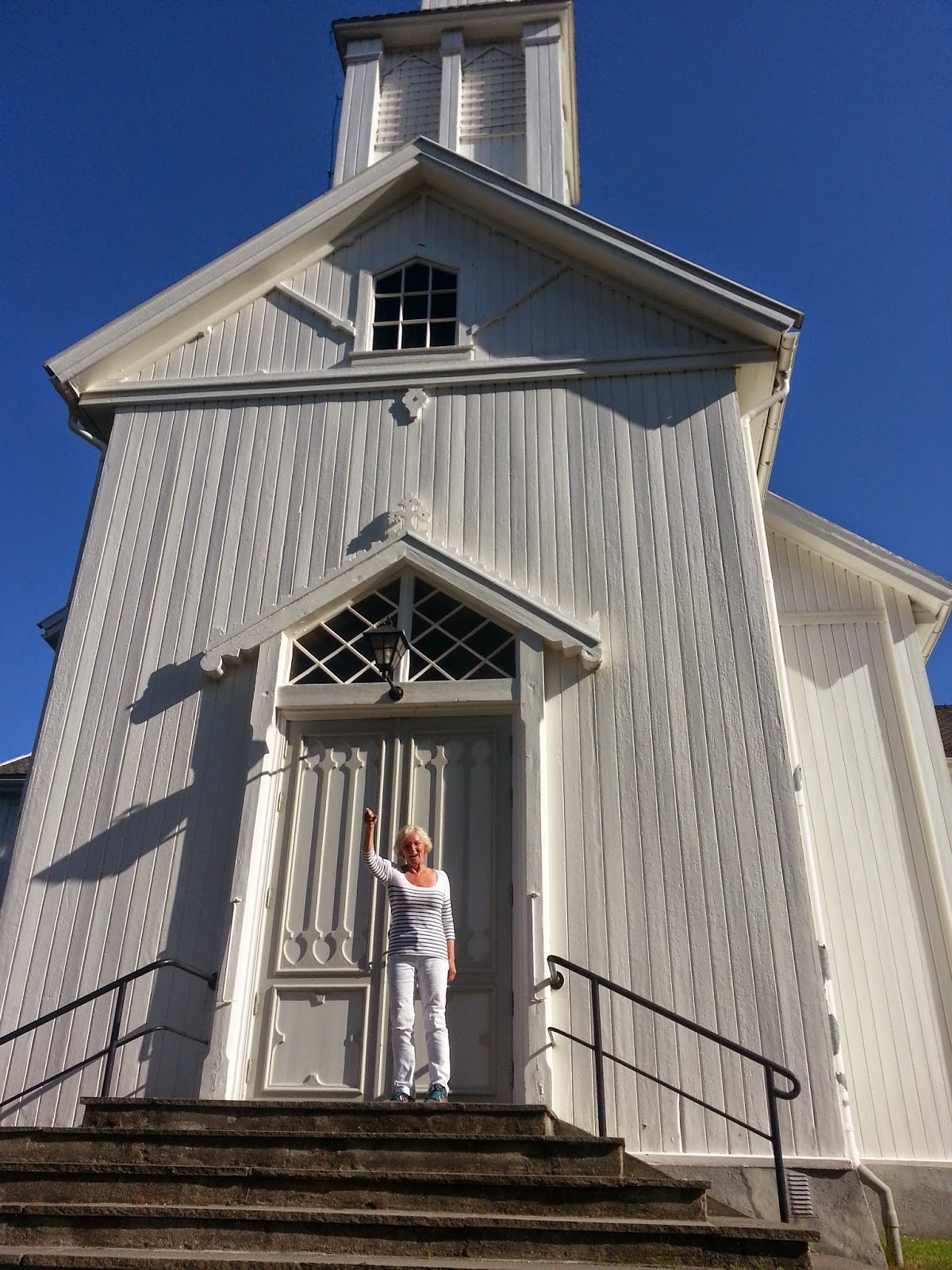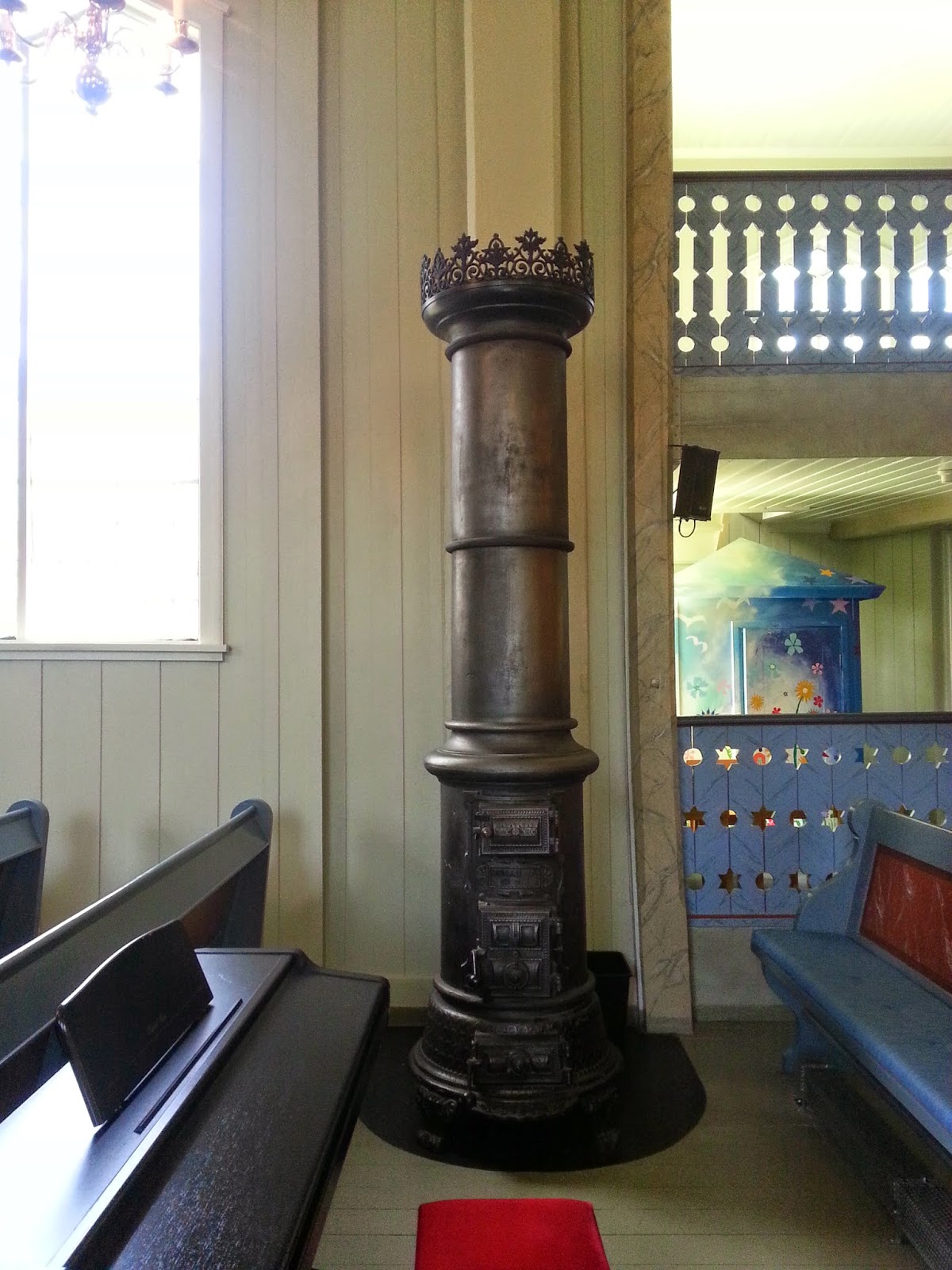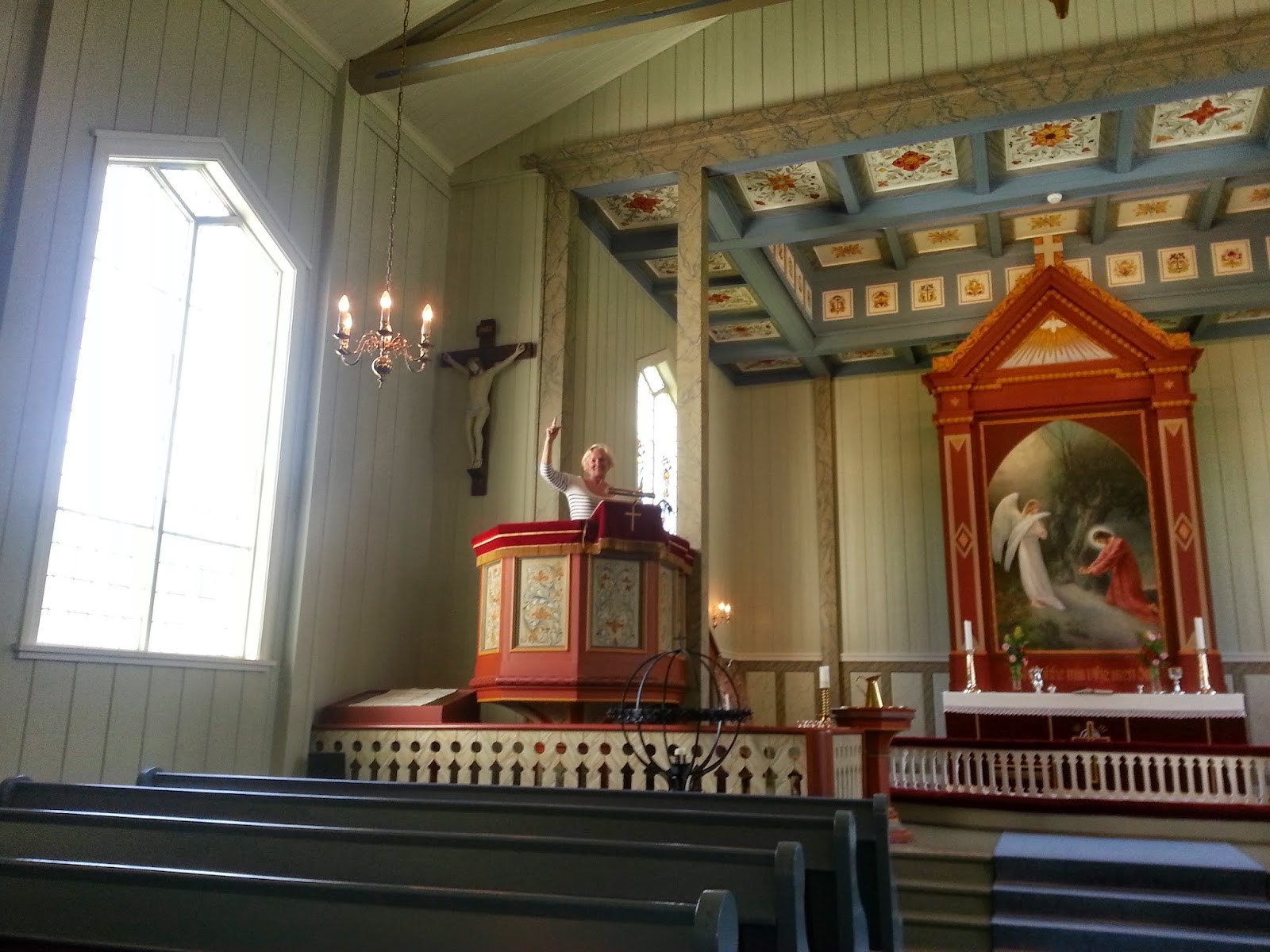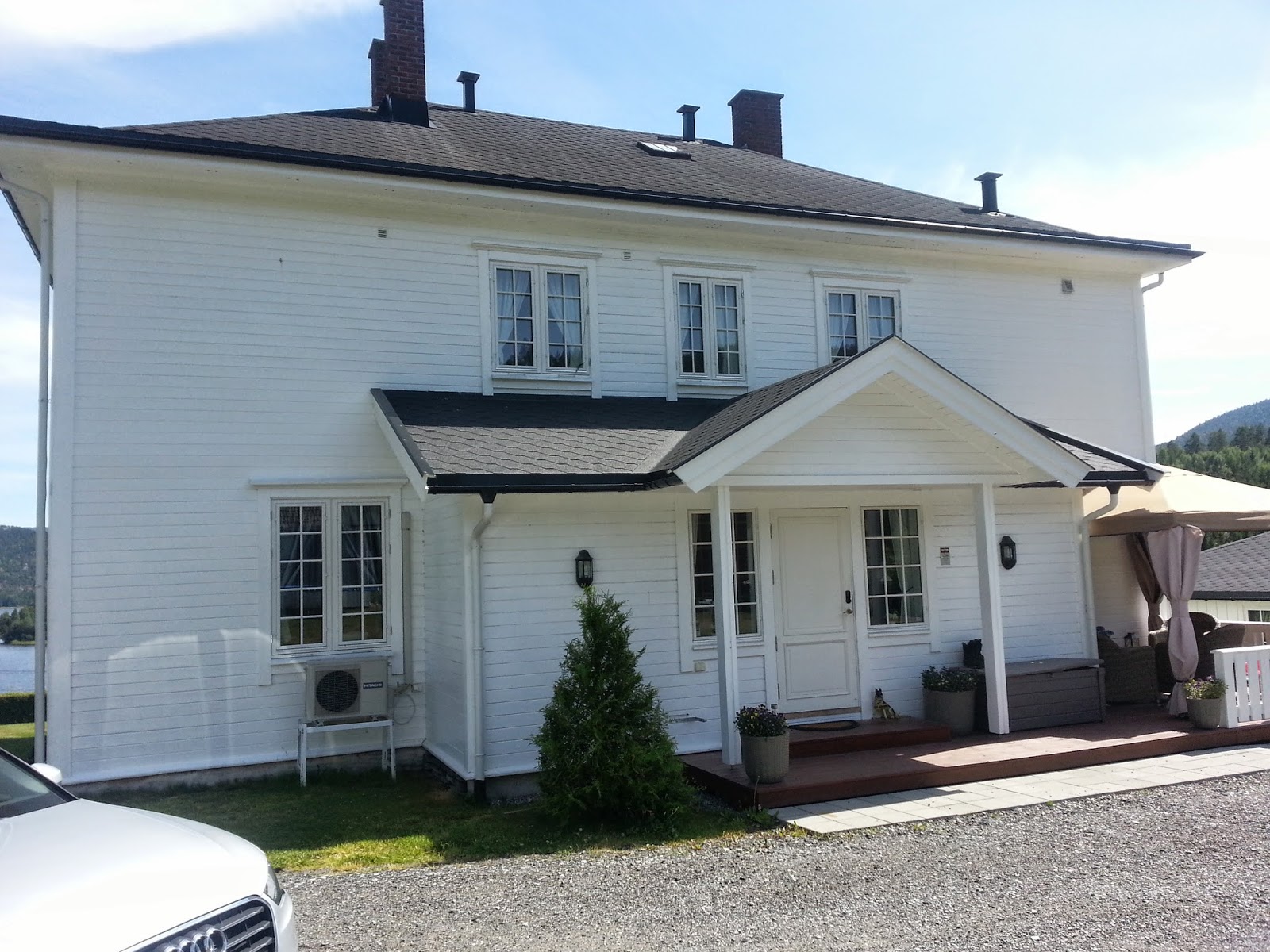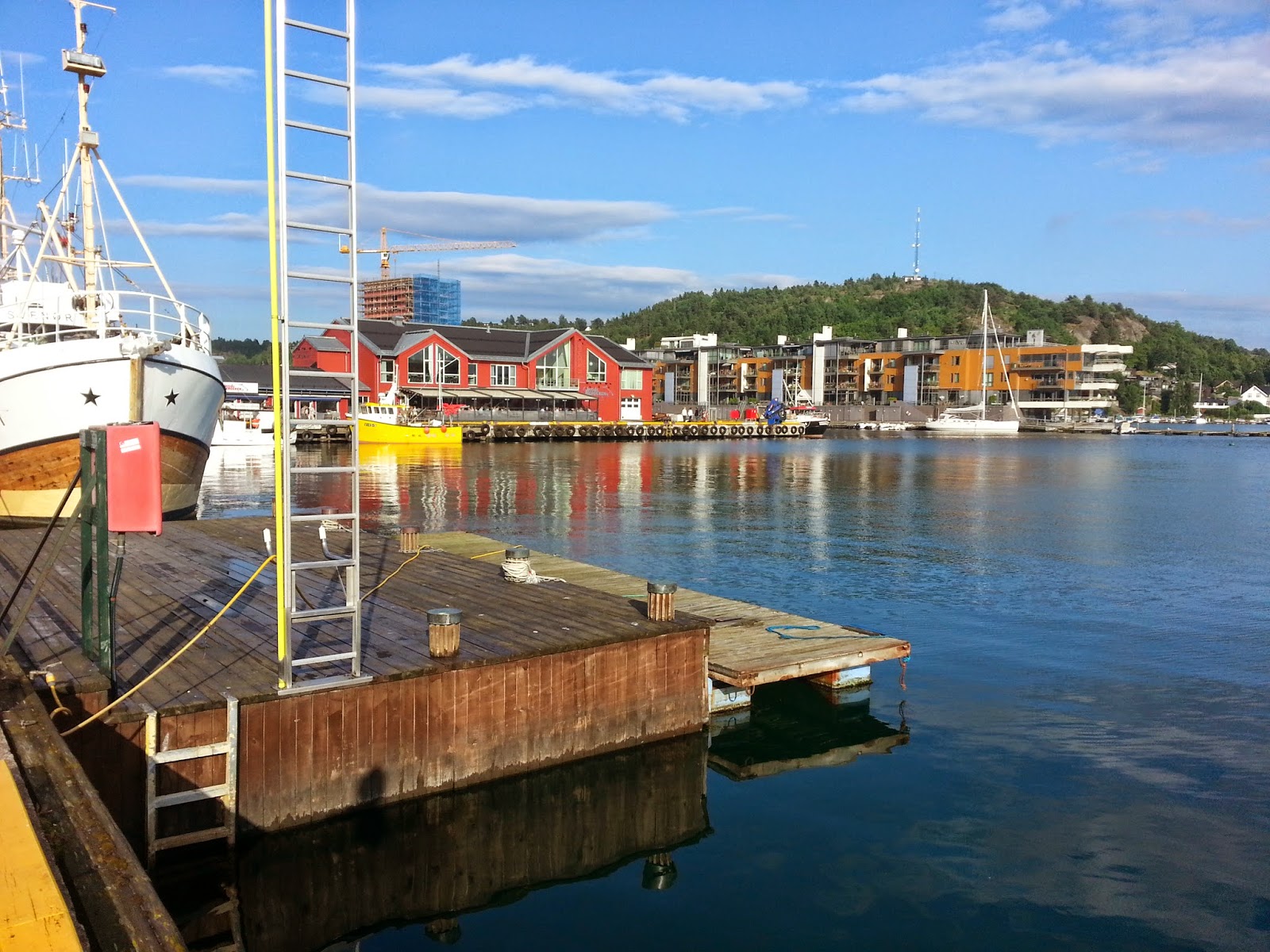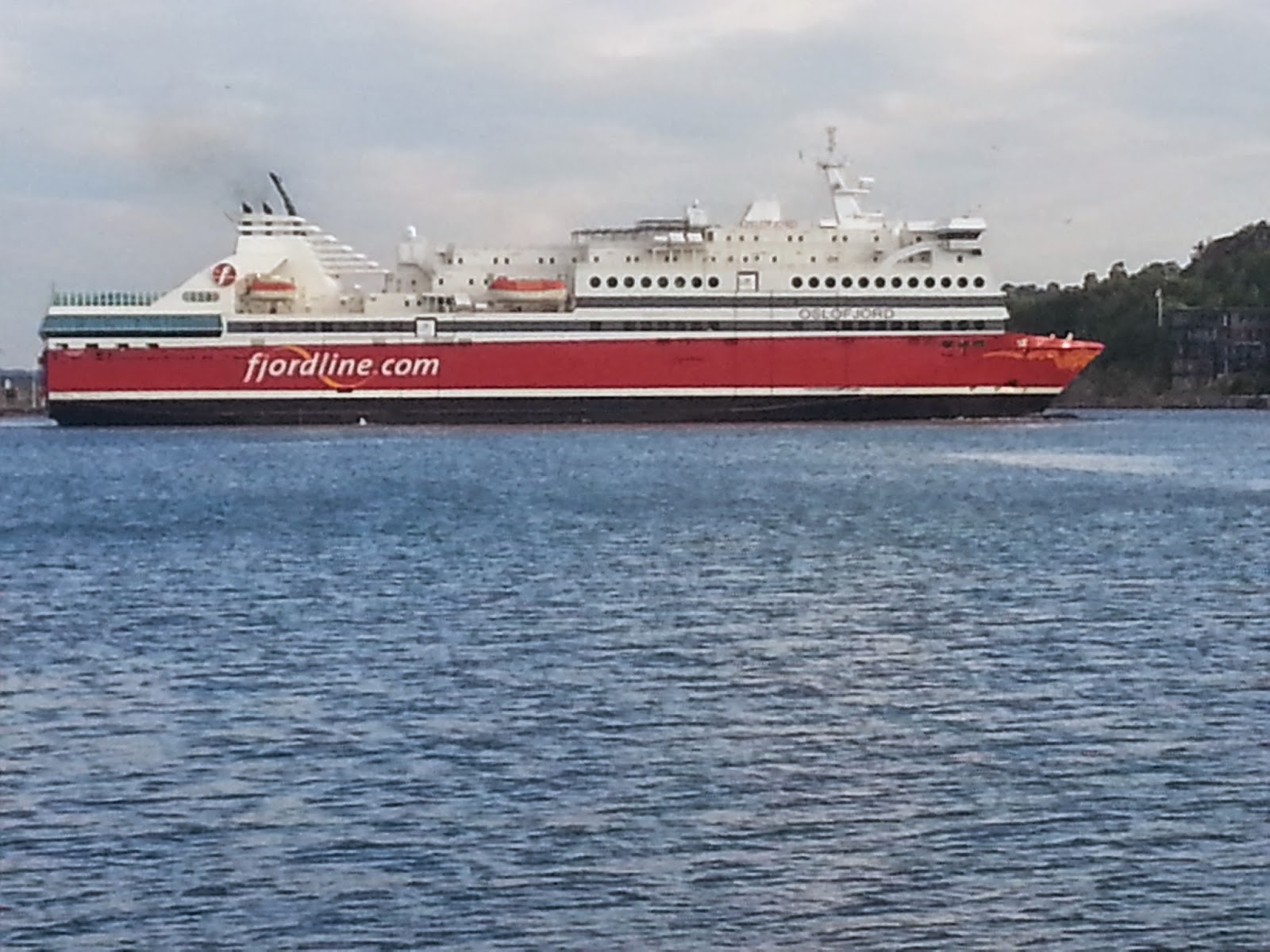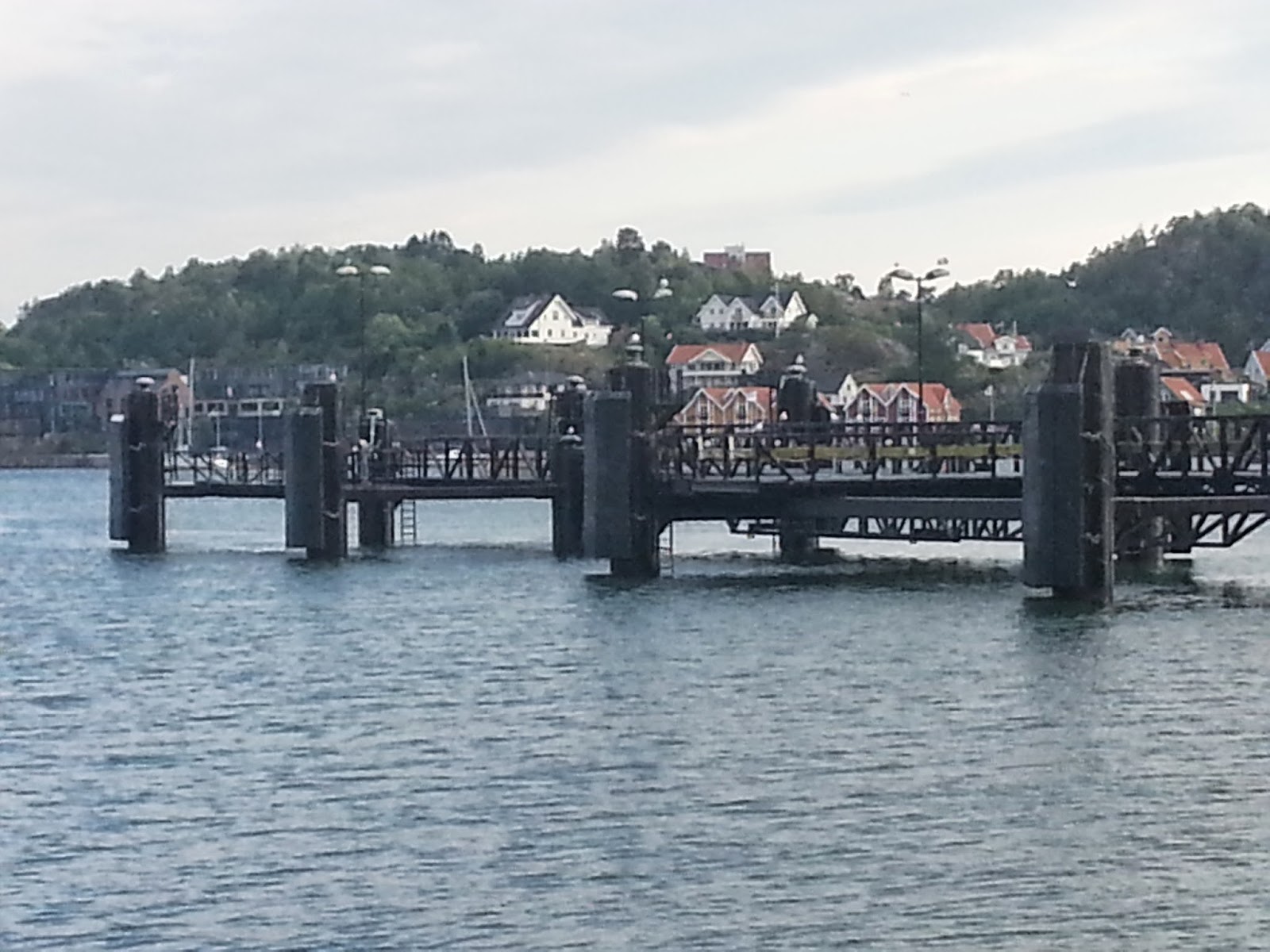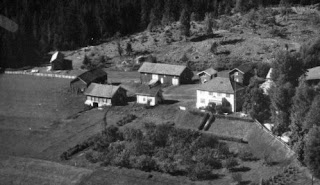Easter, 2023
Dear Grandchildren, Brett, Austin, Kiira, Corrie, Eric, Rachel, Lauren, Samantha, Steven, Zoe and Fyn:
When National Geographic offered the first DNA test, I took it, and I learned my DNA was significantly Orcadian. What???? Is that a new ethnicity??? No, the Orkney Islands off the northeast coast of Scotland were occupied by Norwegians many centuries ago. When we went to Scotland, my hairdresser, Sasha, said I would not see one pretty Scottish woman because Vikings kidnapped them all. He said my ancestor was a kidnap victim of the Vikings! She may be the source of my ancient Norwegian DNA!
I traveled to Norway three times fascinated by Norwegian art, customs, and its rich history. The best thing I do for a trip is to first study history. For the Norway trip, I read the book, Kristin Lavransdatter, by Sigrid Undset who received the first Nobel Prize for a woman in literature. It is a magnificent book, made into an award winning movie with English subtitles, about medieval Norway and the introduction of Christianity.
During my first trip with my aunt Fran, we cruised on the Sognefjord, the Great Fjord! We rode the train from Flam to Myrdal where I wept with joy at the magnificent waterfalls; we also explored Oslo. Aunt Fran wanted to put her hair up in curlers early, so we did not venture out evenings.
The second trip was with Papa; we covered the width and breadth of Norway. We flew to Tromso, went cod fishing in the North Sea, north of the Arctic Circle, and visited relatives in Forde, Norway, and Vold and Gandrud relatives in Flaa, Buskerud County. We spent two nights on a four-hundred-year-old sheep farm, sleeping on straw mattresses where I got Norwegian scabies. The itching was unbearable.
On the third trip, Ron and I took a ferry from England to Denmark, to Oslo where we took an amazing two-week tour with Brekke Travel. We rented a car for another two weeks, traveling to the most southern point of Norway to visit friends who hand-crafted the Ambars made for granddaughters. We traveled next to Buskerud County in the Hallingdal Valley. Everyone seems to have married distant cousins. I was amazed to learn that in 2014, the entire population of Norway totaled five million people, about the same as the population of Houston, Texas. Pictures from the third trip are posted on the blog, http://norwegiangenealogy.blogspot.com/
The church of Flaa, Norway was built about 1859 to replace an old Stave Church. The Vold farm is across the road - about where the photographer stood when the church photo was taken. In 1860, Ole Halgrimsen walked across the road from his home to the church to make his vows to Brynhild Engebretsdatter Gandrud. In May of 1861, Ole, and his bride of one year, got the "Amerika Fever." Ole sold the Vold gaard and set sail for America to join three of his siblings, Margit, Truls, and Sever, who were already in Rice County, Minnesota. Ragnild stayed behind in Norway. For me, it was an exciting moment to step into the high pulpit of this church and imagine the mixed pride and horror that my great-grandparents would have felt knowing their great-granddaughter was a member of the clergy.
Ole and Brynhild set sail out of Drammen, Norway in May 1861, on the ship, Flora, bound for London and then embarking onto Quebec, Canada where they landed in August. They journeyed onto Wisconsin for supplies and prepared to move by covered wagon to Rice County, Minnesota in the spring. They settled near Nerstrand where they farmed for eleven years before settling permanently in Worth County, Iowa.
A large oil painting of Kari Pedersdatter (of Sevre) hangs in the church's narthex in Flaa (mid-19th century). How cool is that? One normally finds images displayed in a church narthex of Jesus in the Garden or with the little children. It is indeed compelling because Vis-Kari (Wise Kari) was not only God Forbid, a female, but she was a lay preacher even to kings, long before it was acceptable for such unheard-of practices. Her preaching brought about great religious fervor against the backdrop of the Pietistic Haugean lay movement that swept Scandinavia. Kari spoke out strongly against the use of alcohol and such frivolities as music and dancing.
But the tale gets stranger still: Kari was called Vis or Wise because she was a mystic: Norway's only known mystic. Kari had "spells." She spoke of visions when she awoke from one of her spells or unconscious periods. And the crowds became quiet; they listened to words speaking truths they were not accustomed to hearing. Hundreds of men (get that????) obeyed her call to give up drinking and to burn their musical instruments.
Reading about Vis-Kari brings to mind mystics ranging from Hildegarde of Bingen, St. Teresa, and St. John of the Cross - to Dag Hammarskjold, one of our modern-day mystics. What exactly is the definition of a mystic? Wikipedia: "A mystic believes in the existence of realities beyond human comprehension." I suppose the same can be said for schizophrenics. Not all mystics have visions either; some speak of an existential experience of the immanent or transcendent God that is life-transforming, yet words fail them as they try to describe an encounter with "Something." They don't hear words or see visions, but they comprehend and grasp the deeper realities of God's presence among us in wondrous ways.
Kari's story is intriguing to me as a Lutheran clergywoman. I witnessed the difficulties women faced entering the ministry in the first ten years following the ordination of women in the Lutheran Church. Yet, here is an uneducated farmer's daughter who experiences a "call" to ministry over a hundred years earlier than the ordination of women in the US. She is not only accepted, but she walks hundreds of miles preaching to the king. He not only receives her, but he listens to her. She lectures to men, and they obey as though God Almighty is speaking directly to them. She had visions at a time it was certainly not politically correct to hear from God apart from the written word (in Norwegian). And the people are so amazed they call her Vis-Kari. Who can help but stand in awe and wonder at the mystery of God using a young woman to bring such changes?
Vis-Kari lived at the same time and place as my great-grandmother, Brynhild Engebretsdatter Gandrud; no doubt they knew each other. Brynhild's aunt Kristi was Kari's stepmother whose surname was Sevre - as was her mother-in-law, Anne Olsdtr. Sevre/Sefre.
While I cannot agree that her fervor against dancing, or burning musical instruments, was the Word of the Lord- I can rejoice to see her image displayed in the church at Flaa, knowing she was a community treasure.
Now comes the History of Hallingdal.
June 2007
THE HISTORY OF HALLINGDAL
I just returned from attending the Centennial celebration of the Hallinglag in America. A Lag is a society or organization of Norwegian descendants of Hallingdal, Norway. I want to share some of the histories of Hallingdal that I learned for the first time, thanks to Edna Rude and the mayors from Norway.
Edna transcribed many documents and gathered them into a good article, too lengthy to reprint in this blog. And I will try to sum up Edna Rode’s history over the next few days:
Hallingdal became a kingdom in about 800, and its first king was named “Hadding.” He lived at Hoff in upper Al, and his son succeeded him as king at Garnos in Nes. The name Haddingdal was used long before it became “Hallingdal.” Hadding was the son of King Raum of Telemark and a brother of King Ring of Ringerike. In 870, Hallingdal accepted Harald Fairhair as king, along with all of Norway.
So the history of our people begins with the civilization of a settled people, from about 800 to 1000 A.D., known as the Viking Age. While the Vikings raped and pillaged Europe’s coasts and planted colonies. Nobody was safe from the Vikings. The name Vik means bay or inlet, and the men who swarmed out of these bays in the far north included Danes and Swedes, who were since known as Vikings. A king in France invited a group of Vikings to settle on their shores in exchange for peace and a guarantee that the Vikings would protect France from other bands of Vikings. That area is called Normandy, and it has been said that Normandy is the only place in the world where French is spoken with a Norwegian accent.
But now we know that there was a settled civilization in Hallingdal by 800 A.D., the question remains: "Where did they come from?"
There are six communities in Hallingdal: Al, Hol, Gol, Hemsedal, Flaa, and Nes. Edna Rude tells us that the earliest settlers around Al and Hol came over the mountains from the Sognefjord and Hardanger areas. They had followed ancient trails made by earlier migrant hunters. Gol and Hemsedal were occupied by those coming through Valdres and from the east (Sweden). It is unknown if they had settled in Sweden or were just passing through. Nes and Flaa were taken over by people coming through Denmark and Estonia, taking the water route to Drammen and up the Hallingdal River.
All of the above people spoke a similar Germanic (Teutonic) language. They either lived peaceably next to each other or fought to determine boundaries because they stayed. Yet, Edna says, they admit a difference in speech, customs, actions, and appearance to this day. There is a distinct line between Nes and Gol.
The people of Hallingdal were farmers with enough livestock to carve out their existence. During the summers, they followed the green grass high up on the mountains to a portion of their farm called the seter. The women (get that!) turned the herds loose and stayed with them. They made the finest butter and cheese from the milk up there, as the grass was so sweet and nourishing. Some summers, the animals had to be carried out of the dark stable to eat the grass around the stable to gain the strength to walk up to the seter. For centuries, they tried to keep too many animals on too little food during the winter.
Going to the seter was like a vacation. The air was so light, and the sun shone more hours in the day than down between the mountain walls of the valley farms. They lived in primitive shelters in the seter, and the hard work required solid bodies and strong wills.
Edna Rude tells us, “From an old history book, we find this description of life on a valley farm, whether in Hallingdal or elsewhere in Norway. Each “settlement” or community consisted of one “big” farm handed down through generations of one family since the beginning. The location would be by a river, fjord, or tarn (lake). The owner was called “odelsbonde” or storbonde” meaning the prominent landowner. Because of his wealth, he was automatically the leader in the community. Wealth was synonymous with wisdom! He kept armed bodyguards, many hired workers, plus some slaves. Near the buildings were pastures, fields, and a small orchard. A garden contained cabbages, onions, and plants used for dyes-blue, gold, etc. The whole farm was enclosed in a fence.
There were many buildings on the main farm, all built of logs so large it took just three stacked on each other for each wall. As there was no foundation, the first log was laid directly on the ground, and each record was “slabbed” on two sides, so walls were flat down inside and outside. The roofs were laid with planks, covered by birch bark (which never rots), and then sod on top of this. If the grass grew too long on the roof, it was the privilege of one of the goats to be placed up there to nibble it down. Chimneys were unknown until the 18th or 19th century. The main house was long and narrow with a packed earth floor that had been excavated, so it was lower than ground level. People would step down into the house. A ledge of the earth was left around the as covered with planks, so benches were for many people. Two or three stone hearths were lined up along the middle of the room.
A hole in the roof relieved the space of some of the smoke. The spot served as a window for light during the day. There we no other windows. And a sort of trap door was attached to a pole so the opening could be closed during bad weather and darkness. Heavy crossbeams held the building together. One end of the house was divided into two small rooms, an entry, and a storage room for food supplies. This was a forerunner of the kitchen. And in the entrance was a ladder to the sleeping loft above the storage room. There were many other buildings, separate stables for cows, sheep, and goats, and a “stabbur” (storage) with a sleeping loft above for the hired girls to sleep. Other help usually slept in the horse stable. There was also a blacksmith shop, a boatshed, and a type of sauna used every Saturday by the men. This practice continued until about 1800 AD.” (pp. 2-3, People’s History of the Hallinglag of America 1907-2007).
Edna Rude gave me permission to copy her Brief History of Hallingdal. No one else has told the story so wonderfully or so completely. It is fascinating to read her work and recognize the traditions passed down for generations and carried to America – customs and traditions that were part of my history. This is especially true as she describes the social life of the Hallings, although on a far, far smaller scale.
“Social life for the big landowner and his family could be some rather grand affairs lasting several days and sometimes including hundreds of guests. The preparations for such an affair kept the servants busy for a long time, and the housewife “managed” the whole thing. It began with a thorough house cleaning, and then the walls were decorated with hand-woven tapestries depicting gods, heroes, and great events. Over these tapestries were hung well-polished weapons and shields, floors spread with fresh straw, and tables brought in. Everyone arrived dressed in their finest toward evening.”
The host went out to meet them, and his servants took charge of their horses and weapons until it was time to leave. The host took his place on the “high seat,” an oversized, heavily carved chair marked by two tall, carved pillars standing guard at his right and left. Male guests were seated on the long-wall benches on either side of him and directly opposite, facing him. Women were sitting at the end of the walls. Guests received a bowl of water held by the hostess to wash their hands – and then the host would stand, welcome, and announce that it was time to eat.
Of course… the women were busy serving… but only one “poured.” She poured the ale into drinking horns carved from cow horns – and passed them to the guests. When the meal was finished, the women cleared the tables and disappeared. But the men continued drinking and told stories of long-ago events (sagas) while music was played on harps. When they were “well into their cups,” they argued and fought until they eventually stumbled out to find sleeping quarters or fell asleep on the straw by the fires. The following day they held an athletic competition.
Family gatherings have changed over the generations, but the importance of families gathering has not changed.
I love you, my little Norske’s!
Grandmother








